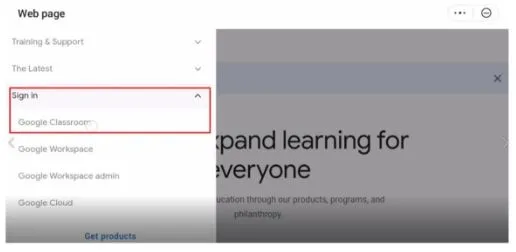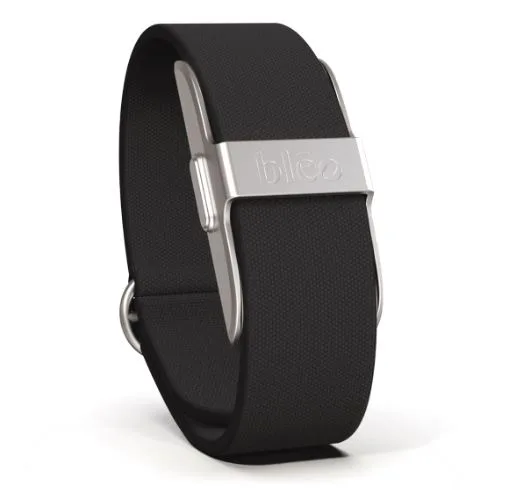Troubleshoot Google Classroom Sign-In Issues on Huawei
Huawei users often face difficulties when accessing Google Classroom due to restricted Google services on their devices. These issues can be frustrating, especially when urgent access to educational resources is required. If Google Classroom can’t login school account on huawei, this guide aims to resolve such login problems effectively. By following these solutions, you can regain access to your classes and prevent disruptions in your educational process. Whether through browser access or alternative installations, we’ve outlined practical methods to help you navigate this challenge and continue your learning smoothly without unnecessary delays.
Why Google Classroom won’t Sign In on Huawei
Huawei devices face specific challenges with Google Classroom mainly due to the absence of Google Mobile Services (GMS). This absence is compounded by compatibility issues between the app and Huawei’s operating system, leading users to encounter difficulties during login attempts.
No GMS Support
Huawei has faced limitations in accessing GMS due to special reasons. Google Classroom, like many other Google apps, relies on GMS for authentication and operations. Without GMS, Google services aren’t pre-installed, making direct app use problematic. Huawei users must look for alternative methods to access these services. Affected individuals must explore other solutions, such as accessing Google Classroom via browsers or third-party applications. These solutions are essential to circumvent the absence of GMS support on Huawei devices, which impedes straightforward usage of the application.
Compatibility Issues with Classroom App
Huawei’s operating systems might not always be compatible with the Google Classroom app. Updates to the app may not coincide well with Huawei’s software optimizations. This misalignment can cause functionality issues, preventing Huawei users from signing into their accounts. Changes made by Huawei to device software can lead to performance discrepancies, thus hindering Google Classroom access. It’s crucial to ensure apps remain updated; however, this alone may not resolve compatibility issues that are deep-rooted in system architecture, thereby necessitating the use of alternative solutions to bridge these gaps.
How to Fix Login Issues
Resolving these login challenges on Huawei requires practical strategies. The following recommendations provide different avenues to access Google Classroom.
Use Google Classroom via Web Browser
Accessing Google Classroom through a web browser offers a straightforward solution for Huawei users. This method bypasses the need for Google Mobile Services. Users can visit classroom.google.com using browsers like Chrome or Firefox. In the browser, sign in using your Google account credentials. This approach leverages the browser’s compatibility with Google’s web infrastructure, ensuring smooth access to Google Classroom without necessitating further app modifications or installations. It’s a simple yet effective way to continue using the platform, offering functionality similar to the app version.
Install Google Services via GBox
GBox allows side-loading of Google services onto Huawei devices, thereby restoring full app functionality. Users should first download the GBox app from trusted sources, then follow instructions within the app to initiate Google Services installation. This workaround provides a comprehensive framework for accessing Google apps. While official support isn’t guaranteed, GBox remains a popular alternative among users in need of Google Services. Consistent updates and a user-friendly interface make it a viable option for restoring login capabilities to Google Classroom.
Use Huawei AppGallery + Petal Search
Huawei’s AppGallery, paired with Petal Search, offers another possibility. Users can search for classroom-related apps and updates directly through AppGallery or Petal Search. While Google Classroom itself might not be present, compatible educational apps or browser shortcuts can be found. Petal Search provides additional entry points to install Google Classroom indirectly. These platforms simplify the process for users needing efficient access to educational applications, broadening the scope of available resources on Huawei devices.
Dual Space or Third-Party Virtual Spaces
Applications such as Dual Space allow the use of Google apps by emulating a virtual Google-friendly space on Huawei devices, enabling Google Classroom compatibility. Users install the app from a credible source and configure it to launch Google apps like Classroom. This setup creates a segregated environment supporting GMS, facilitating smoother access. While this method may demand more setup effort, it effectively simulates a Google-compliant ecosystem on non-GMS devices, ensuring ongoing access to educational tools.
Tips to Prevent Future Login Issues
Preventing future issues involves proactive app management and strategic usage of available platforms. Users should routinely update their browsers and explore alternative app stores for both essential apps and updates. Keeping abreast of the latest solutions from Huawei and third-party apps maximizes device compatibility. Users can also join online communities that provide the latest news on overcoming Huawei-specific tech challenges. Regularly backing up important educational data ensures continuity, allowing seamless transitions between different access methods should one method fail. Awareness and adaptability are vital to maintaining uninterrupted Google Classroom access on Huawei devices.
Conclusion
Despite inherent challenges with Huawei devices, regaining access to Google Classroom is achievable through multiple alternative methods. Whether leveraging browser-based access or utilizing third-party applications for Google Services, users have options. Implement these solutions carefully, and restore smooth login processes, thus ensuring continuous learning engagement and minimal disruption to your educational activities. These methods reaffirm that while limitations exist, they can be effectively navigated with a strategic approach tailored to accommodate Huawei-specific constraints.






